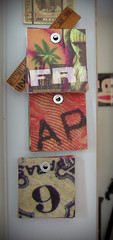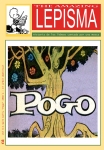
It has billionaires and big ambitions. Now India wants something that no global economic powerhouse should be without: an international symbol for its currency.
The hope is that the Rupee sign will become as ubiquitous as the US dollar ($), or that instant emblem of the digital age, the @ symbol.
But how easy is it to launch a symbol on the international stage and land a coveted place on keyboards the world over?
It doesn't happen very often.
Nowadays, designing new symbols involves rigorous testing, says Jasmine Montgomery of design consultancy FutureBrand, London.
"The Indian Government will have to consider very carefully how the symbol would be used in all its technical applications - how does it look on the web, blown up on posters, on mobile phones." India would not want a symbol that looked bad when it was turned upside down, she says - "like someone's bottom," for example.
One of the most recent symbols to make the leap, the € for euro, had a long and difficult birth. Before that, in 1971, the @ symbol was assigned an important international role, as the critical connector in e-mail addresses. A 30-year-old computer programmer named Ray Tomlinson, looking for coding to send the first ever e-mail, surveyed the keyboard on his Model-33 Teletype and chose @ - which is apparently centuries old and has served various different functions - because it was unlikely to appear in a person's name."
Read the entire Kathryn Westcott article for the BBC News: India Seeks Rupee Status Symbol
That's Right,
HMK
More on The History Of The Euro.
Thanks to Mark Fletcher for the original money shot.




























































